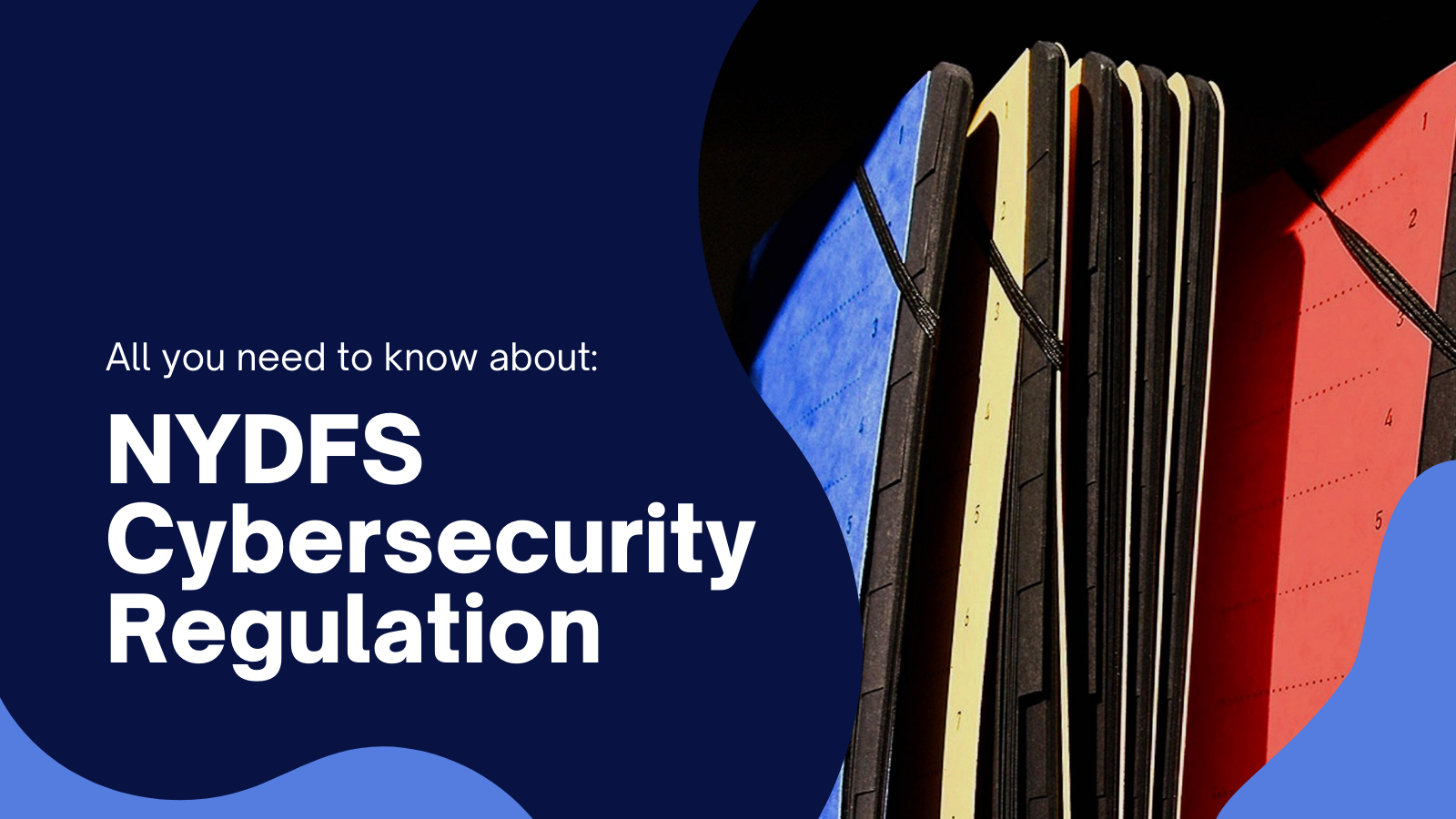Nydfs Cybersecurity Regulation Specific Details
The NYDFS (New York Department of Financial Services) Cybersecurity Regulation, also known as 23 NYCRR 500, is a set of cybersecurity requirements aimed at protecting the sensitive data of financial institutions and their customers. This regulation was first introduced in 2017 and has since been updated to further enhance cybersecurity measures.
1. Key Requirements of NYDFS Cybersecurity Regulation
The NYDFS Cybersecurity Regulation sets forth several key requirements that financial institutions operating in New York must adhere to. These requirements include:

Image Source: Sia Partners
- Implementing a robust cybersecurity program that is tailored to the institution's risk profile
- Designating a Chief Information Security Officer (CISO) responsible for overseeing the security program
- Conducting regular risk assessments and addressing any identified vulnerabilities
- Establishing written policies and procedures for data governance and protection
- Implementing multi-factor authentication mechanisms for accessing sensitive data
- Conducting regular cybersecurity awareness training for employees
2. Compliance Challenges and Lessons Learned
Implementing and complying with the NYDFS Cybersecurity Regulation has presented several challenges for financial institutions. Here are some key lessons learned:

Image Source: Reflectiz
2.1. Building a Robust Cybersecurity Program
One of the primary challenges faced by financial institutions is building a robust cybersecurity program that aligns with the NYDFS requirements. Financial institutions need to assess their current security measures, identify gaps, and develop a comprehensive program that addresses those gaps.
2.2. Navigating Third-Party Risk Management
The NYDFS Cybersecurity Regulation also mandates that financial institutions effectively manage the risks associated with third-party vendors. This requires careful due diligence, monitoring, and oversight of any vendors that have access to sensitive data.
2.3. Regular Risk Assessments and Vulnerability Management
Financial institutions need to conduct regular risk assessments to identify and mitigate potential cybersecurity vulnerabilities. This involves implementing vulnerability management processes, including regular scanning and patching of systems.
3. Best Practices for NYDFS Cybersecurity Regulation Compliance
To ensure compliance with the NYDFS Cybersecurity Regulation, financial institutions can follow these best practices:
3.1. Establish a Comprehensive Security Governance Framework
Financial institutions should develop a comprehensive security governance framework that outlines roles, responsibilities, and reporting lines. This framework should clearly define the organization's cybersecurity objectives and provide a roadmap for achieving compliance with the NYDFS requirements.
3.2. Leverage Industry Standards and Frameworks
Financial institutions can leverage industry standards and frameworks, such as the NIST Cybersecurity Framework or ISO 27001, to guide their cybersecurity efforts. These frameworks provide a structured approach to risk management and serve as a valuable reference for compliance with the NYDFS regulation.
3.3. Implement Continuous Monitoring and Incident Response Mechanisms
Financial institutions should establish continuous monitoring mechanisms to detect and respond to potential security incidents promptly. This involves implementing security information and event management (SIEM) systems, intrusion detection systems, and robust incident response plans.
4. Frequently Asked Questions (FAQ) about NYDFS Cybersecurity Regulation
As financial institutions navigate the NYDFS Cybersecurity Regulation, they often have questions. Here are some frequently asked questions and their answers:
4.1. Which institutions are required to comply with the NYDFS Cybersecurity Regulation?
The NYDFS Cybersecurity Regulation applies to all financial institutions operating in the State of New York. This includes banks, insurance companies, mortgage brokers, and other entities licensed by the NYDFS.
4.2. What are the penalties for non-compliance with the NYDFS Cybersecurity Regulation?
Financial institutions that fail to comply with the NYDFS Cybersecurity Regulation can face significant penalties, including monetary fines and potential license revocation. It is crucial for institutions to take the necessary steps to achieve and maintain compliance.
4.3. Are there any exemptions or exceptions to the NYDFS Cybersecurity Regulation?
While the NYDFS Cybersecurity Regulation applies to most financial institutions, there are certain exemptions and exceptions. Institutions with fewer than 10 employees, less than $5 million in gross annual revenue, or less than $10 million in year-end total assets may qualify for limited exemptions.
These are just a few of the key details and considerations surrounding the NYDFS Cybersecurity Regulation. Financial institutions operating in New York must diligently adhere to these requirements to protect sensitive data and mitigate cybersecurity risks. By implementing robust cybersecurity programs, adhering to best practices, and staying informed about compliance challenges, financial institutions can navigate the NYDFS Cybersecurity Regulation successfully.
NYDFS Part 500 Cybersecurity Regulation Lessons Learned
 Image Source : www.sia-partners.com
Image Source : www.sia-partners.com NYDFS Cybersecurity Regulation - Iron Range Cyber
 Image Source : ironrangecyber.com
Image Source : ironrangecyber.com NYDFS Cybersecurity Requirements | Rapid7
 Image Source : www.rapid7.com
Image Source : www.rapid7.com A New York Special: NYDFS Cybersecurity Regulation (23 NYCRR 500) (2023)
 Image Source : venturerspace.com
Image Source : venturerspace.com A New York Special: NYDFS Cybersecurity Regulation (23 NYCRR 500
 Image Source : www.reflectiz.com
Image Source : www.reflectiz.com cybersecurity nydfs
What Does The NYDFS Cybersecurity Regulation Mean For My Business
 Image Source : www.triaxiomsecurity.com
Image Source : www.triaxiomsecurity.com york car pexels building lien parking owning release driving tips understanding hotel cybersecurity regulation blur photographer architecture offmetro
New NYDFS Cybersecurity Regulations And What To Do To Comply - YouTube
 Image Source : www.youtube.com
Image Source : www.youtube.com cybersecurity regulations
NYDFS Cybersecurity Regulation In Plain English
 Image Source : www.varonis.com
Image Source : www.varonis.com A new york special: nydfs cybersecurity regulation (23 nycrr 500. Nydfs cybersecurity requirements. Nydfs cybersecurity regulation. Nydfs cybersecurity regulation in plain english. New nydfs cybersecurity regulations and what to do to comply